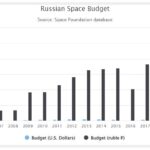2008
U.S. Military Space Spending 2005-2022


Gallagher said the military must accelerate its efforts in space and cyberspace to keep pace with Russia and China, improving Pentagon cybersecurity and redesigning Space Force satellites to harden constellations against attack.
Japanese Space Budget, 2005-2021
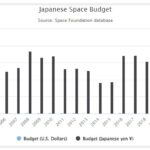

Civil space activities in Japan are coordinated by the Japan Aerospace Exploration Agency (JAXA), which is funded primarily through the Ministry for Education, Culture, Sports, Science, and Technology (MEXT).
France Space Budget, 2005-2021

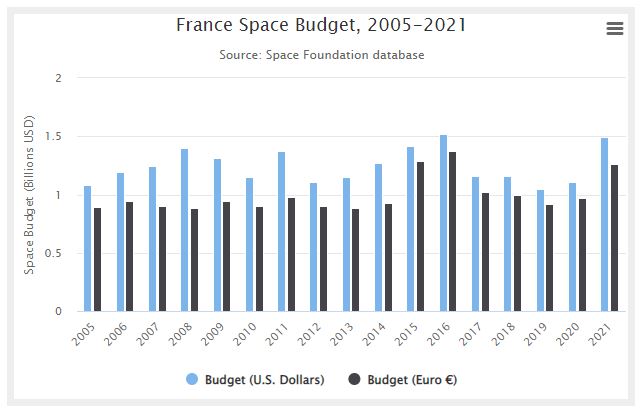
The majority of the French space budget goes to the French space agency, the Centre National d’Études Spatiales (CNES). About 36% of CNES spending, went toward ESA projects. An additional 31%, of CNES spending went to the national space program. The remaining funds, were allocated for maintaining national resources and the Future Investment Program (PIA).
Estimated U.S. Department of Defense Space Spending, 2005-2022


This developing space strategy is reflected in growing military space spending by the United States, with the Pentagon more than doubling space budgets from $19.7 billion in 2005 to an estimated $41.4 billion in 2022.
Lunar Missions by Result, 1959-2022

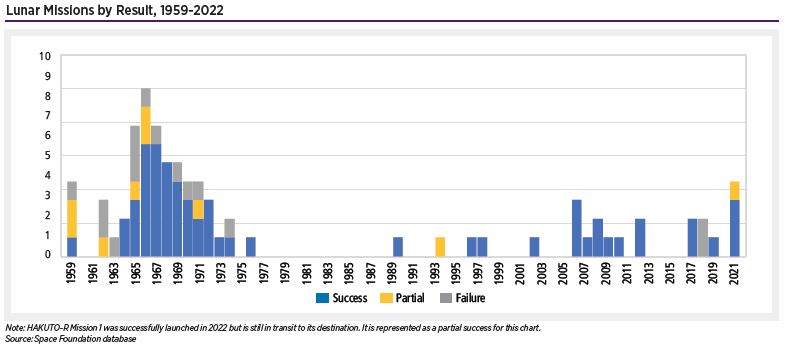
Eight nations have launched lunar missions, but only three have landed on the Moon. In 2022, four missions were partially or fully successful, a tempo last seen in 1969 — the year the first humans stepped foot on the lunar surface.
United Kingdom Space Budget, 2005-2021
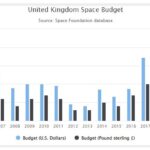
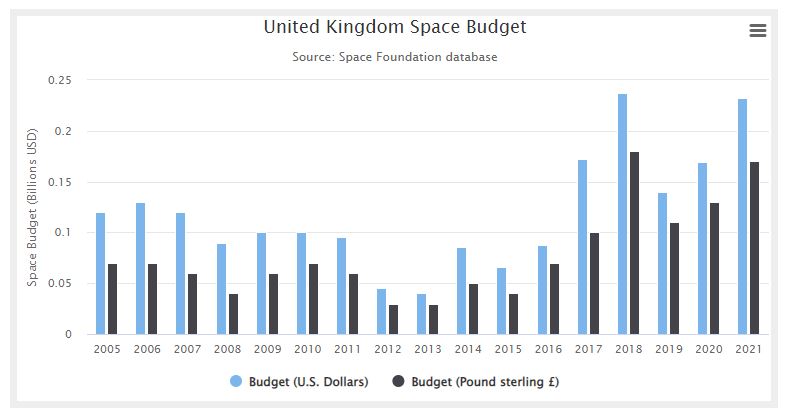
The United Kingdom Space Agency (UKSA) is an executive agency of the Government of the United Kingdom, responsible for the United Kingdom’s civil space program.
South Korean Space Budget, 2005-2021
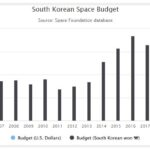

The South Korean government continued development of a Korean-made launch vehicle and improvement in the country’s ability to utilize information gathered by satellites.
Russian Space Budget, 2005-2021
Indian Space Budget, 2005-2021

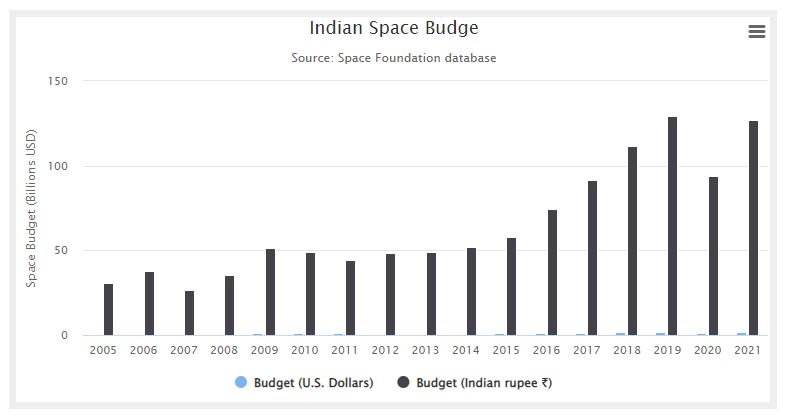
Indian space activities are coordinated through the Indian Space Research Organisation (ISRO).
Italian Space Budget, 2005-2021


The Italian space agency, the Agenzia Spaziale Italiana (ASI) is the main contributor, other agencies within Italy also invest in space activities, including the Ministry of Defense.
